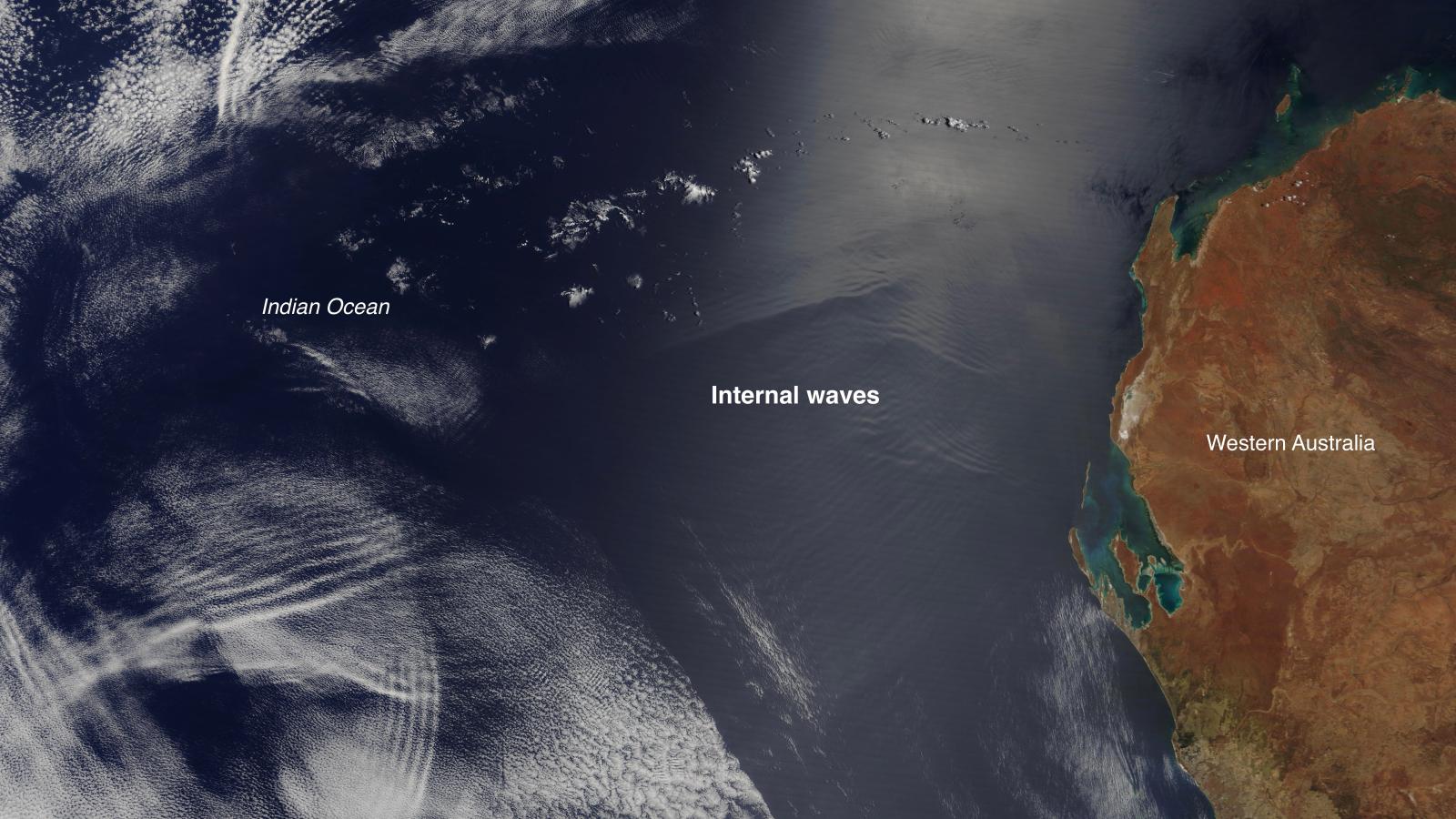Yuri Lvov and team develop physics-based method to predict turbulent mixing in the ocean’s depths
July 24, 2025

Deep below the surface of the ocean, unseen waves roil and churn the water. These internal waves, traveling between water layers of different temperatures and densities, draw cold, nutrient-rich water up from the depths and play a major role in oceanic circulation. Understanding and modeling their behavior is critical for developing more accurate simulations of an increasingly unpredictable climate.
In a Nature Communications paper, Rensselaer Polytechnic Institute (RPI) math professor Yuri V. Lvov, Ph.D., and a team of oceanographers develop a first-of-its-kind model of internal wave dynamics that lays the foundation for new, more reliable models of ocean circulation.
“Internal, wave-driven, vertical mixing is believed to be a main driver of oceanic circulation,” Lvov said. “It shapes the Earth’s climate by influencing sea level rise, nutrient fluxes, marine ecosystems, and anthropogenic heat and carbon uptake.”
Lvov and the team built their model using wave-wave interaction theory, which describes how internal waves exchange energy and redistribute it when they interact.
“The challenge for scientists has been to build an accurate and robust theory that describes these processes quantitatively and accurately,” Lvov said. “The ocean is just too big, and the internal waves operate on scales too small for today’s global models to accurately resolve.”
Lvov and the team deployed a first-principles approach, parameterizing the physics of the process without the need for high-resolution numerical modeling. They interpreted turbulent mixing as the energy sink at the end of a downscale energy cascade through the oceanic internal wavefield, fueled by large-scale forcing and sustained by wave-wave interaction processes.
“We found strong agreement between our first-principle quantifications and observational data, suggesting that we’ve captured the essential dynamics of wave-wave interactions and their contribution to turbulent mixing,” Lvov said. “Overall, we found that local interactions dominate inter-scale energy transfers, rather than scale-separated ones.”
“The new theory offers a physically grounded alternative to existing empirical guesses,” Lvov added.
“This publication by Dr. Lvov and his collaborators is an impressive accomplishment which opens new paths toward representing mixing in ocean circulation models, which are a crucial component of climate predictions,” said Peter R. Kramer, Ph.D., Department Head of Mathematical Sciences at RPI. “The effort to bring mathematical analysis to bear on a well-grounded physical model to explain and understand observational data in the real ocean exemplifies the interdisciplinary nature of the research in our department and the School of Science.”
Lvov has been studying the theory of internal waves since joining RPI in 1999, and this paper represents the culmination of that work. "I'm especially thankful for the contributions of lead author Giovanni Dematteis, who was my postdoc during the research and writing of the paper, and the contributions of this entire team of talented and dedicated scientists," Lvov said.